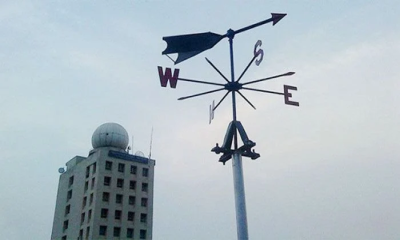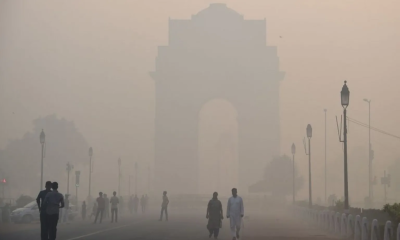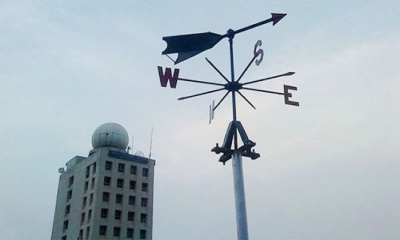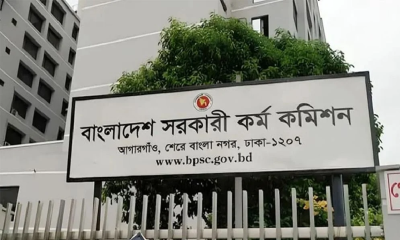More than seven lakh people in 13 upazilas of Sylhet are grappling with the third wave of flooding while heavy rains and upstream flows have caused the water level of the Brahmaputra River in Kurigram to surpass the danger level, trapping thousands of residents in water.
These come as the Bangladesh Meteorological Department (BMD) on Wednesday predicted light to moderate and moderately heavy to very heavy rainfall or thundershowers with temporary gusty wind in all eight divisions of the country in the next 24 hours from 9 am.
In Sylhet, heavy rains and upstream water flow on Monday have inundated several upazilas, though Sylhet city remains unaffected so far, even before the effects of the second wave have fully subsided.
In this latest flooding, 97 unions across 13 upazilas have been submerged, leaving over 700,000 people stranded. Approximately 8,351 residents are currently taking refuge in 189 shelters, according to the Sylhet district administration.
All upazilas in Sylhet have been impacted by the floods, which are attributed to hill torrents and excessive rainfall. The Surma and Kushiyara rivers, among others, are flowing above danger levels at multiple points.
The Water Development Board of Sylhet reported that at 6 pm on Tuesday, the Surma River at Kanaighat point was 112 cm above the danger level. At the Sylhet point, the water level was at 10.79 cm, just below the danger threshold of 10.80 cm.
The Kushiyara River’s water levels were 89 cm above the danger level at Amalshid point, 97 cm at Fenchuganj point, 26 cm at Sheola point, and 17 cm at Sherpur point. Meanwhile, the water levels of the Sari, Sarigowain, and Lova rivers have slightly decreased.
Shah Md. Sajib Hossain, assistant meteorologist at the Sylhet Meteorological Department, reported 14 mm of rainfall from 6 am to 6 pm on Tuesday, with heavy rain expected to continue until Wednesday.
Sylhet Deputy Commissioner Sheikh Russel Hasan stated that the possibility of a third wave of floods had been anticipated, prompting upazila executive officers to prepare in advance following directives from higher authorities. He assured that relief centers are ready and that the government is fully prepared to handle the situation with caution.
Sylhet previously experienced severe flooding on May 27 due to heavy rains and hill torrents from upstream, which had largely subsided by June 8. However, continuous rain from June 17 led to a second wave of flooding. Before recovery efforts could be completed, the third wave struck on July 1, further exacerbating the situation.
In Kurigram, at around 9am on Wednesday, the Brahmaputra`s water level at Chilmari and Nunkhawa points flowed 9-14cm above the danger mark.
Continuous water rise has flooded the lower basin areas, leaving thousands waterlogged in various upazilas.
The water levels of the Dharla and Dudhkumar rivers are also increasing, exacerbating the flood situation in the district`s lower regions.
The Flood Forecasting and Warning Centre of the Bangladesh Water Development Board (BWDB) issued a statement on Tuesday afternoon predicting heavy to very heavy rainfall in the northern and upstream parts of the country over the next 24 hours.
This will likely cause the Dudhkumar, Dharla, and Teesta rivers to rise and potentially exceed danger levels at some points, leading to short-term flooding conditions.


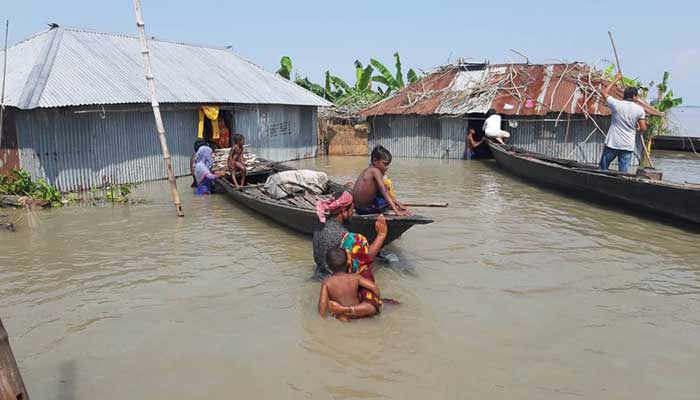







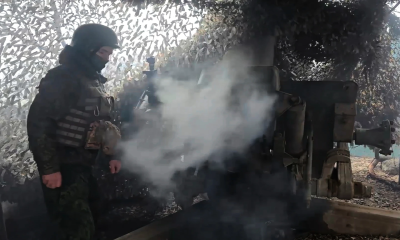


-20251231101531.webp)



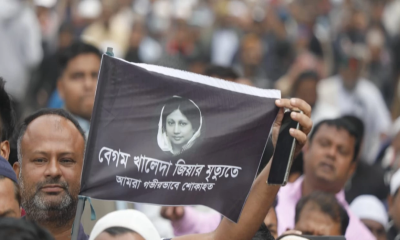
-20251231082350.webp)


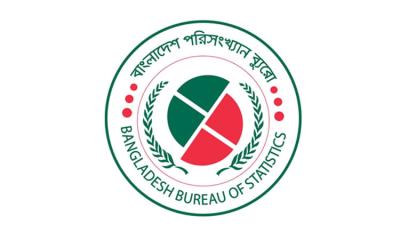
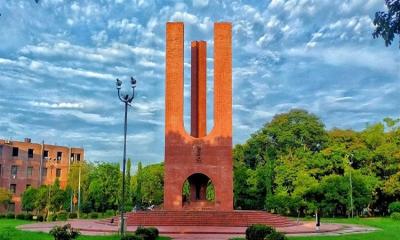
-20251227141313.jpeg)

